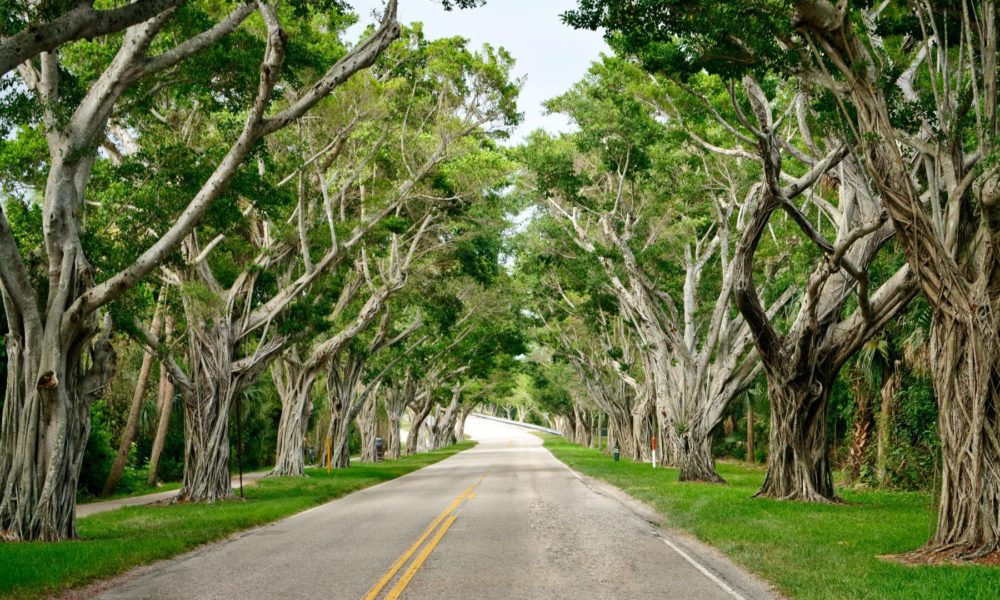In the Town of Palm Beach, you can find stunning historic properties that have been maintained according to the style of the era when they were initially built. Some of these homes are considered historical because they represent the craftmanship or architecture of their time. Other properties may be notable because they once had a famous owner or hold cultural or historical significance. One feature you may not have thought of when considering a structure’s importance is the outdoor landscape. However, some ancient cypress and banyan trees that lovingly shade Florida’s most cherished properties have as much historical value as the homes themselves. However, can a Florida historic designation extend to a tree?
How Does Historic Designation Work?
Generally, the National Register of Historic Places requires that a property be at least 50 years old and have historical significance or integrity to qualify as historic. When you are looking at a home or building, features such as the architecture, artistry, and detail come to mind. However, historical facts such as an event or an individual having lived or died at a particular site can also make a place historic. There are also ways in which a landscape can be considered cultural or historical.
It’s a Matter of Local Opinion
There is an extensive process in Florida where a historic preservations board in each local jurisdiction will review the information related to historic properties. The county codes set out the review process and requirements. Local governing bodies also have a good deal of say regarding what can happen with the properties themselves. For instance, communities have boards that can review and approve or deny proposed renovations to a designated historic home. There can also be restrictions on what a homeowner can do to the exterior of a designated property. When a site is designated as historical, there are often restrictions on what may be done to disturb the area. This restriction may also extend to natural features.
Municipal Protections May be Available
In West Palm Beach, two seventy-year-old Banyan trees recently had the honor of receiving historic designation from the city. The city’s historic preservation planner and arborist placed the item on the agenda for a city meeting, and the city commission voted unanimously to protect the trees. Located at 211 Puritan Road, the banyan trees are now two of three trees in the city with this unique designation. The other noteworthy tree is in Northwood Hills.
Now that the city has designated the Puritan Road trees as historical, future developers or owners cannot cut them down or otherwise modify them for purposes other than maintaining their health. Property owner Mark Marcello said he wanted to protect the trees because they had become dear to his wife. The Marcellos, who are building a home on two adjoining lots, wanted to preserve the trees and keep them for the community. With the historic designation, the trees cannot be removed, and no one can build within close proximity to them. Although these two trees may not appear on the National Register of Historic Places, the local designation has ensured that they will be safe from development as the city continues to grow. As this example makes clear, historic protection may be available for natural features through municipal action.
At Rabideau Klein, we have extensive experience handling real estate transactions in the Town of Palm Beach. David E. Klein, Esq. and Guy Rabideau, Esq. are Florida Bar Board-Certified Real Estate Attorneys with the experience you need to manage all legal aspects of your Palm Beach real estate property transaction. Contact Rabideau Klein today to discuss your real estate legal needs.

